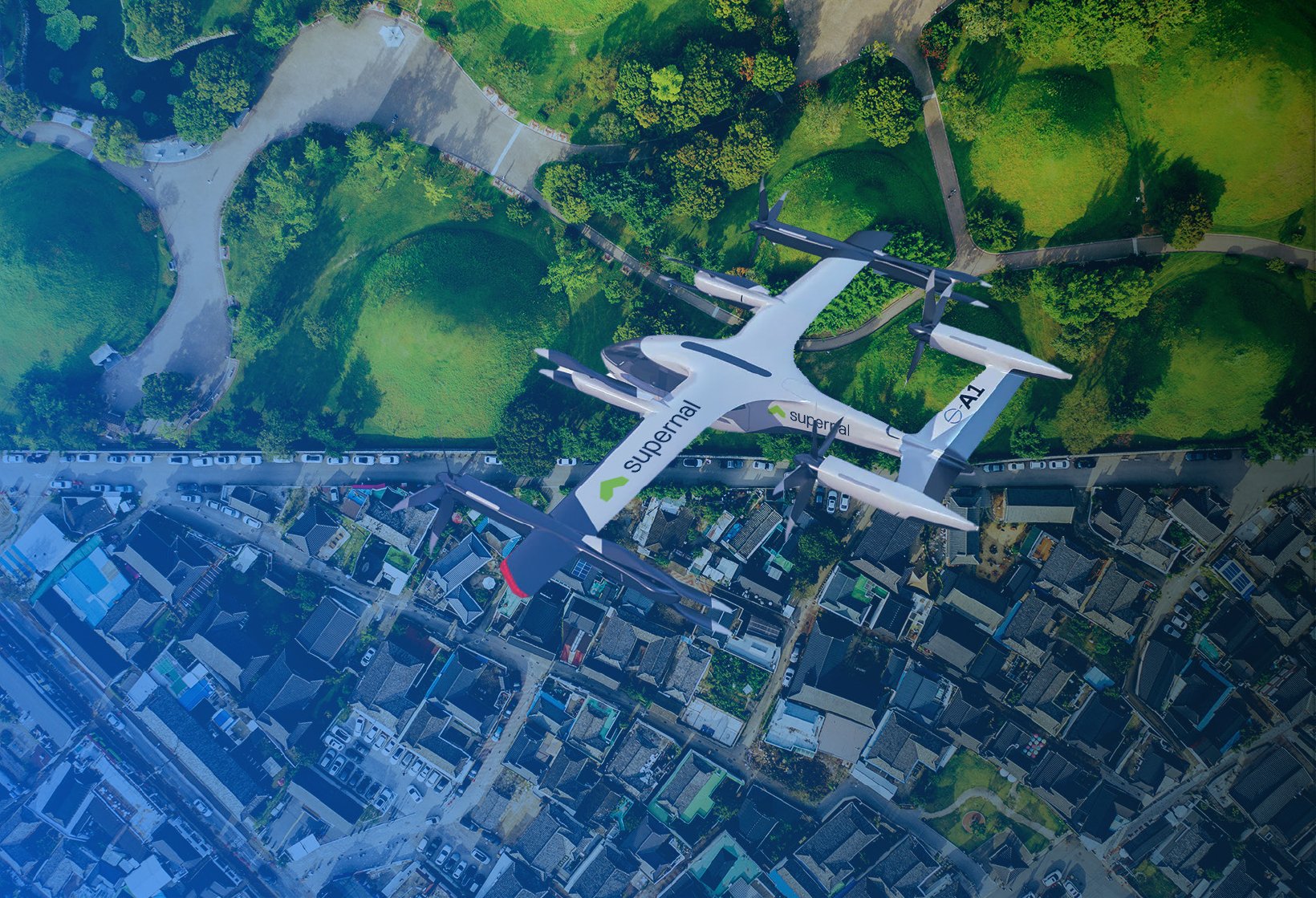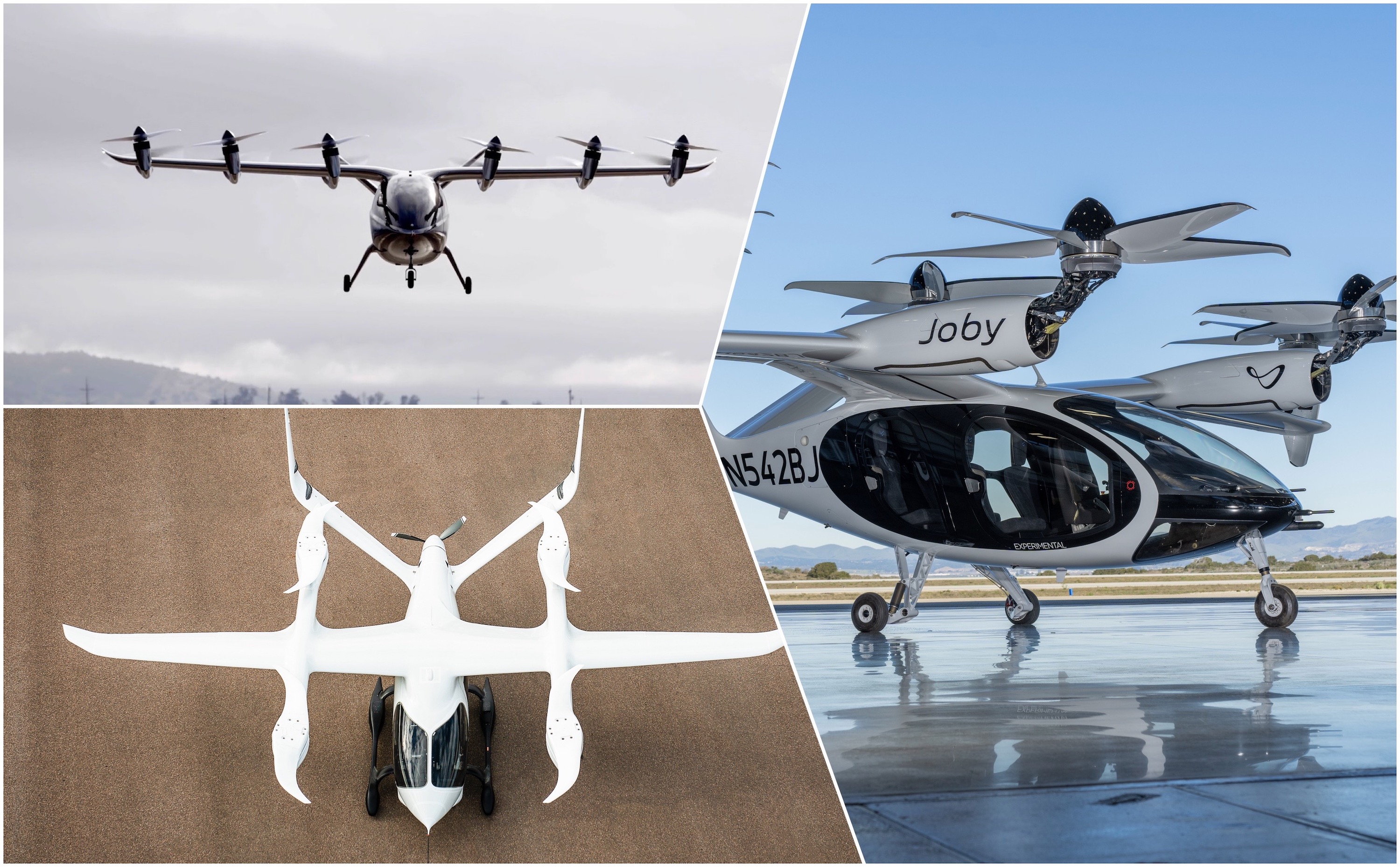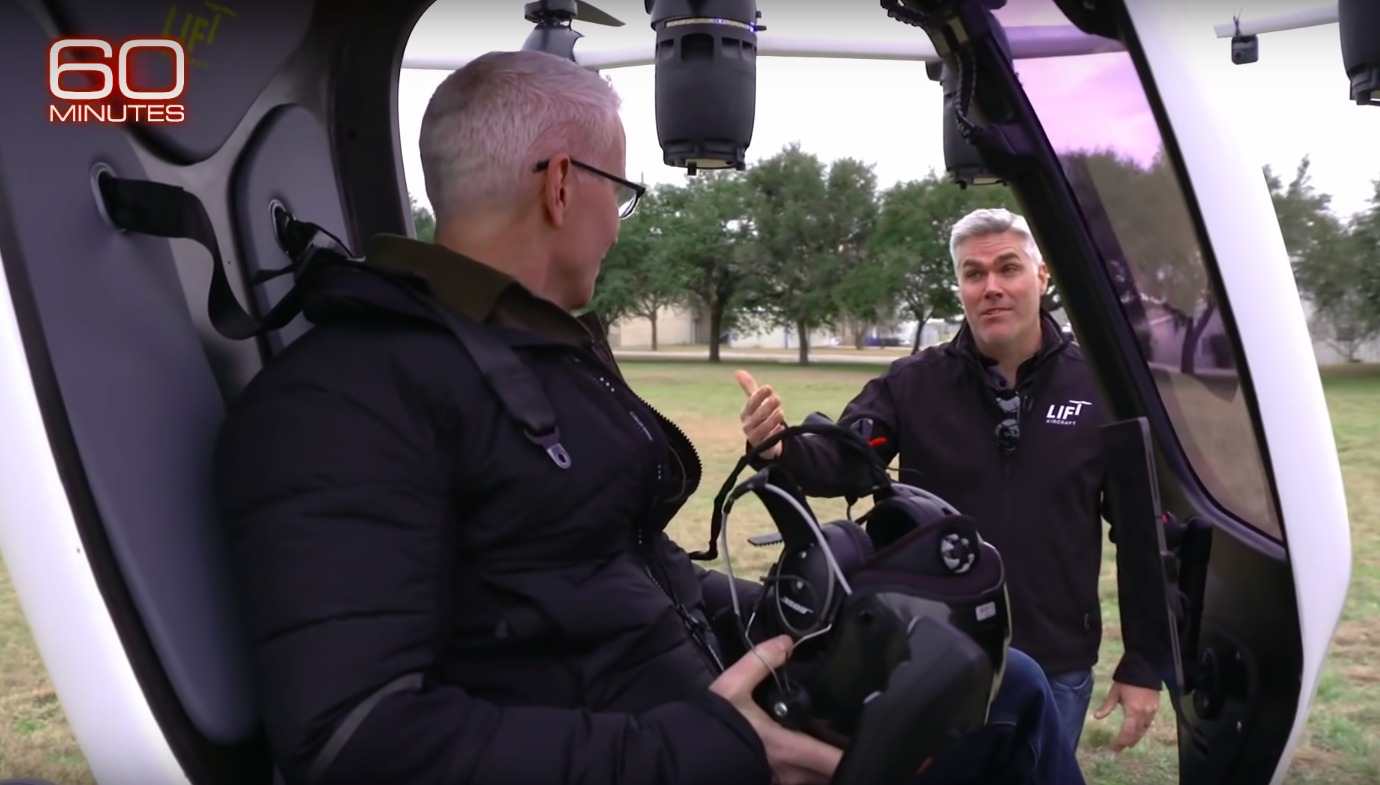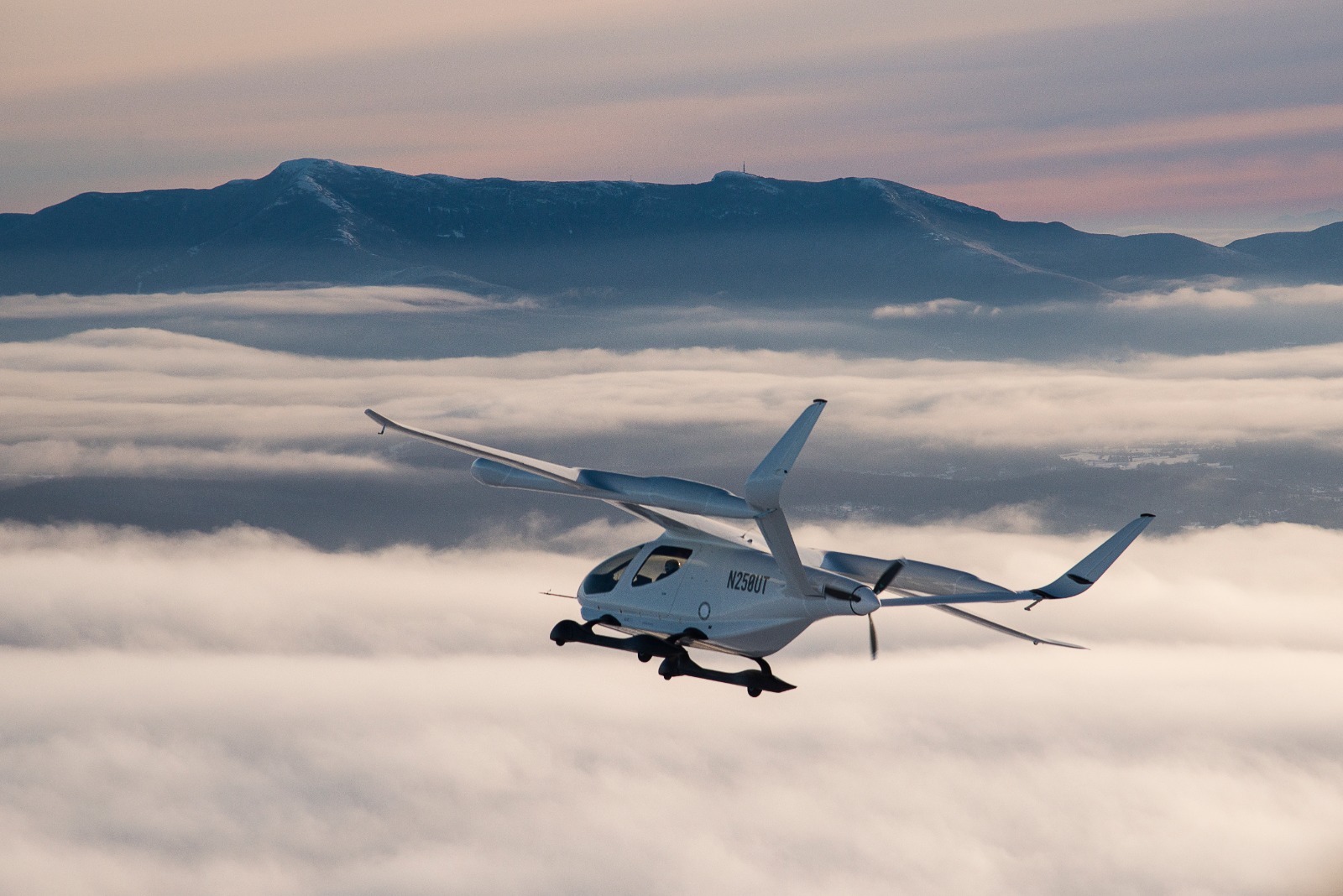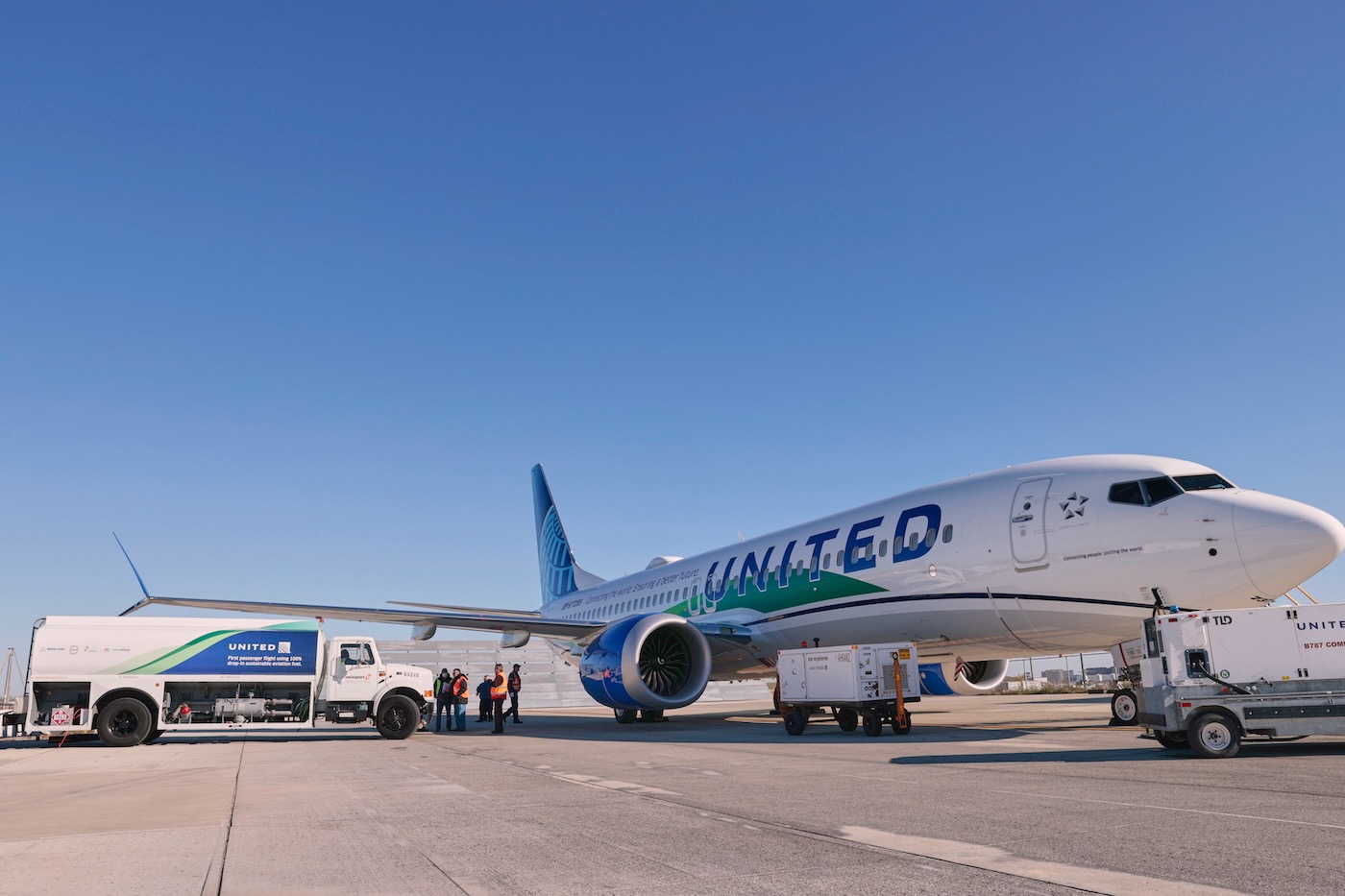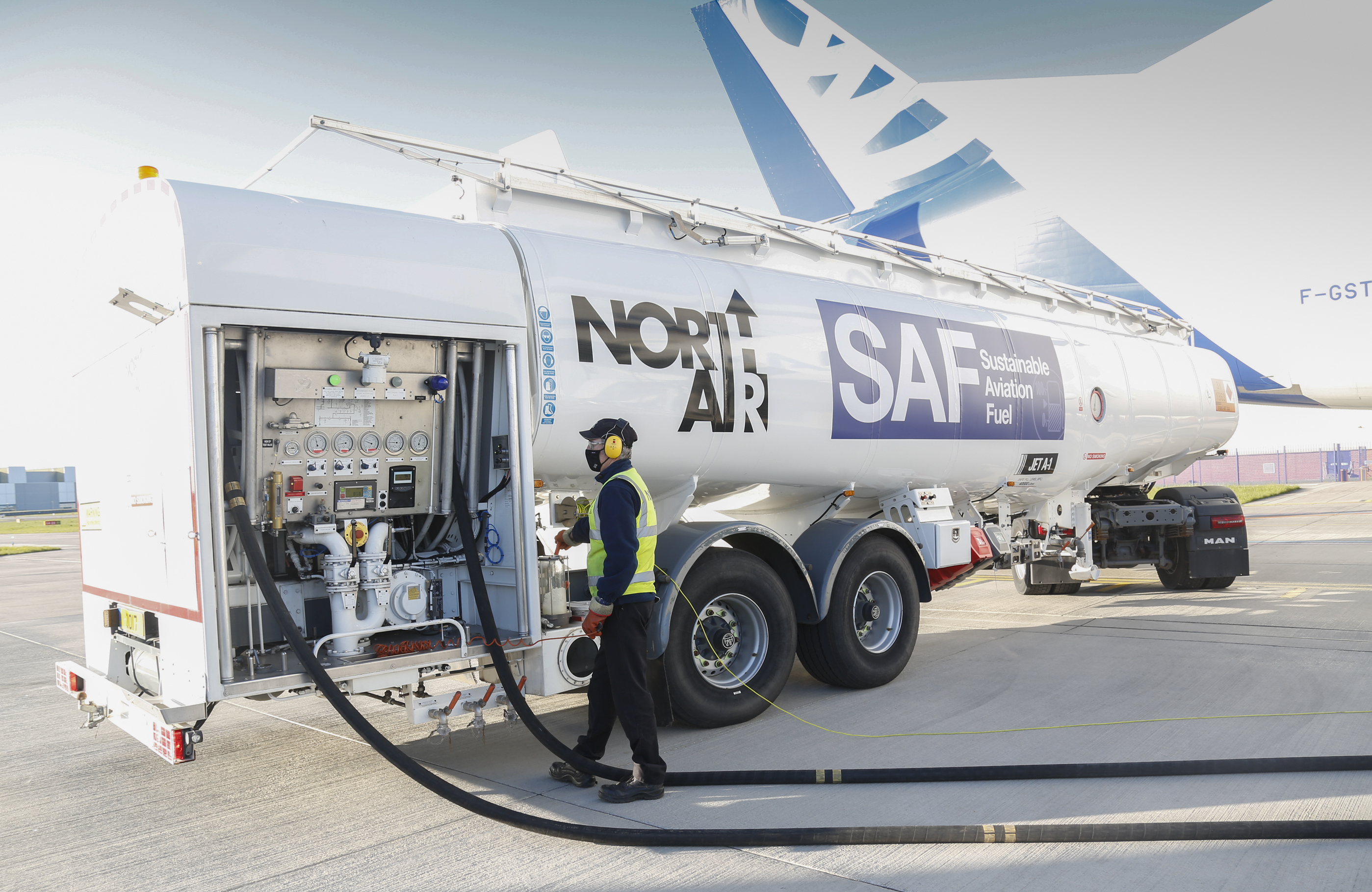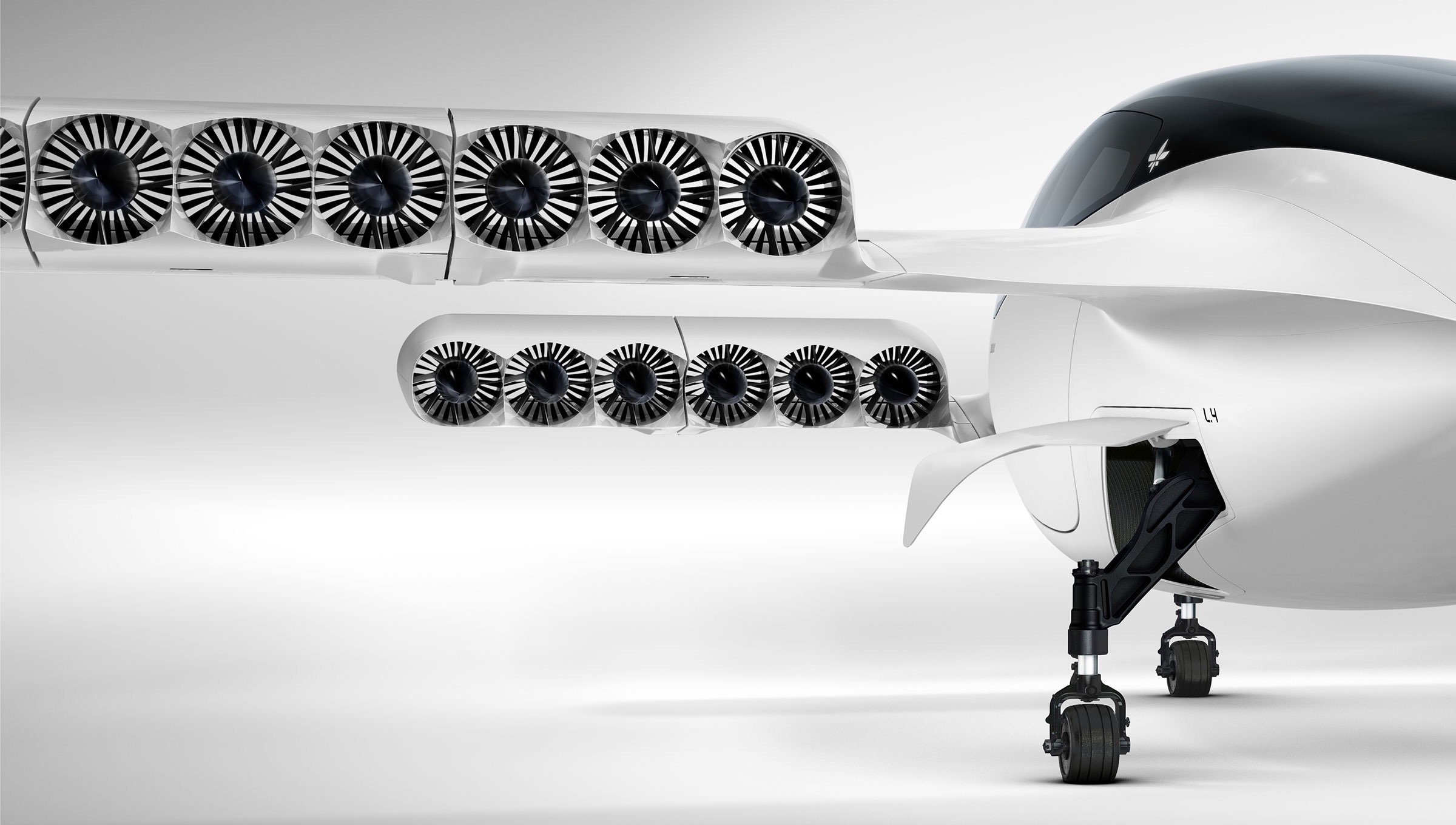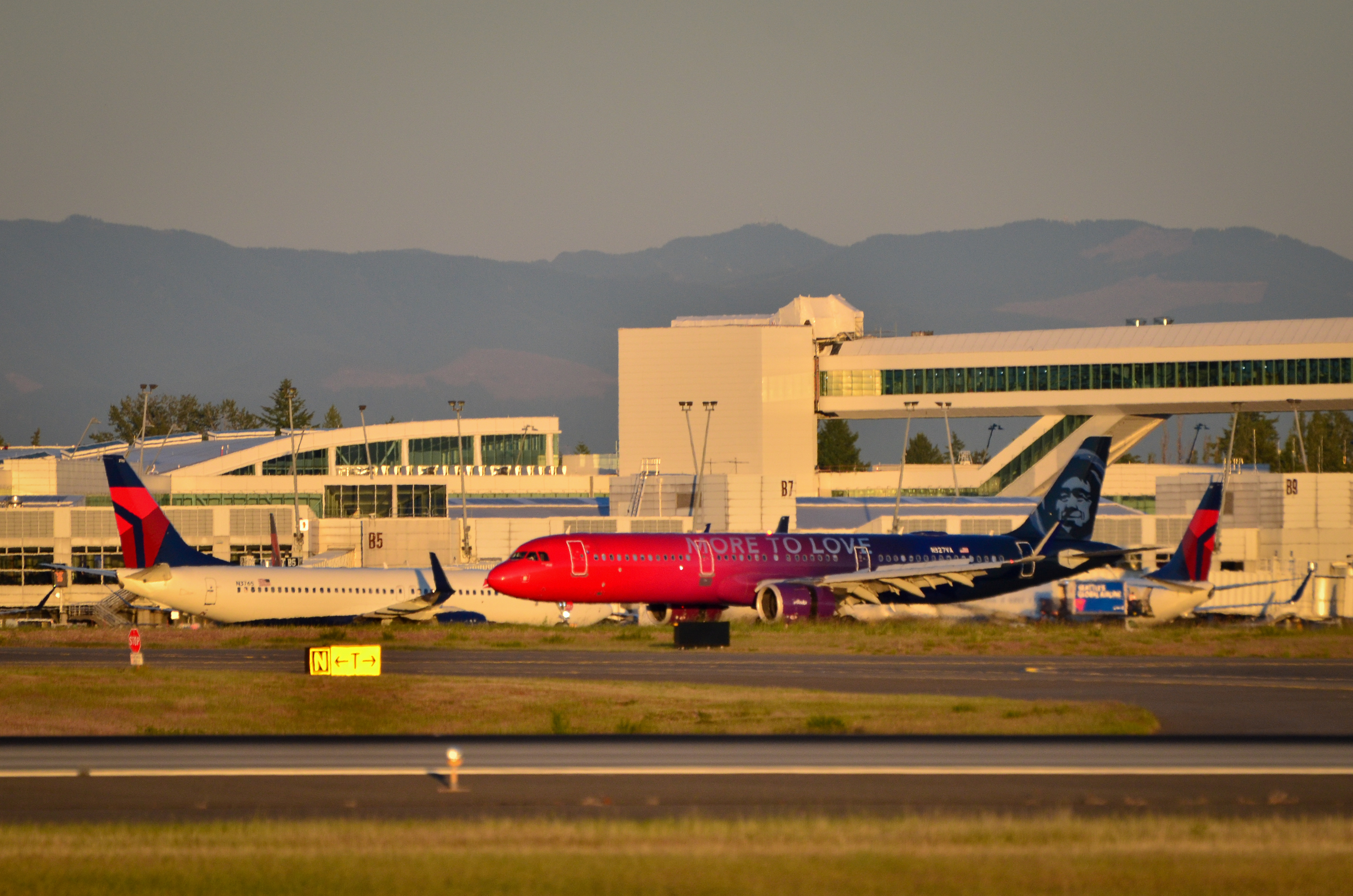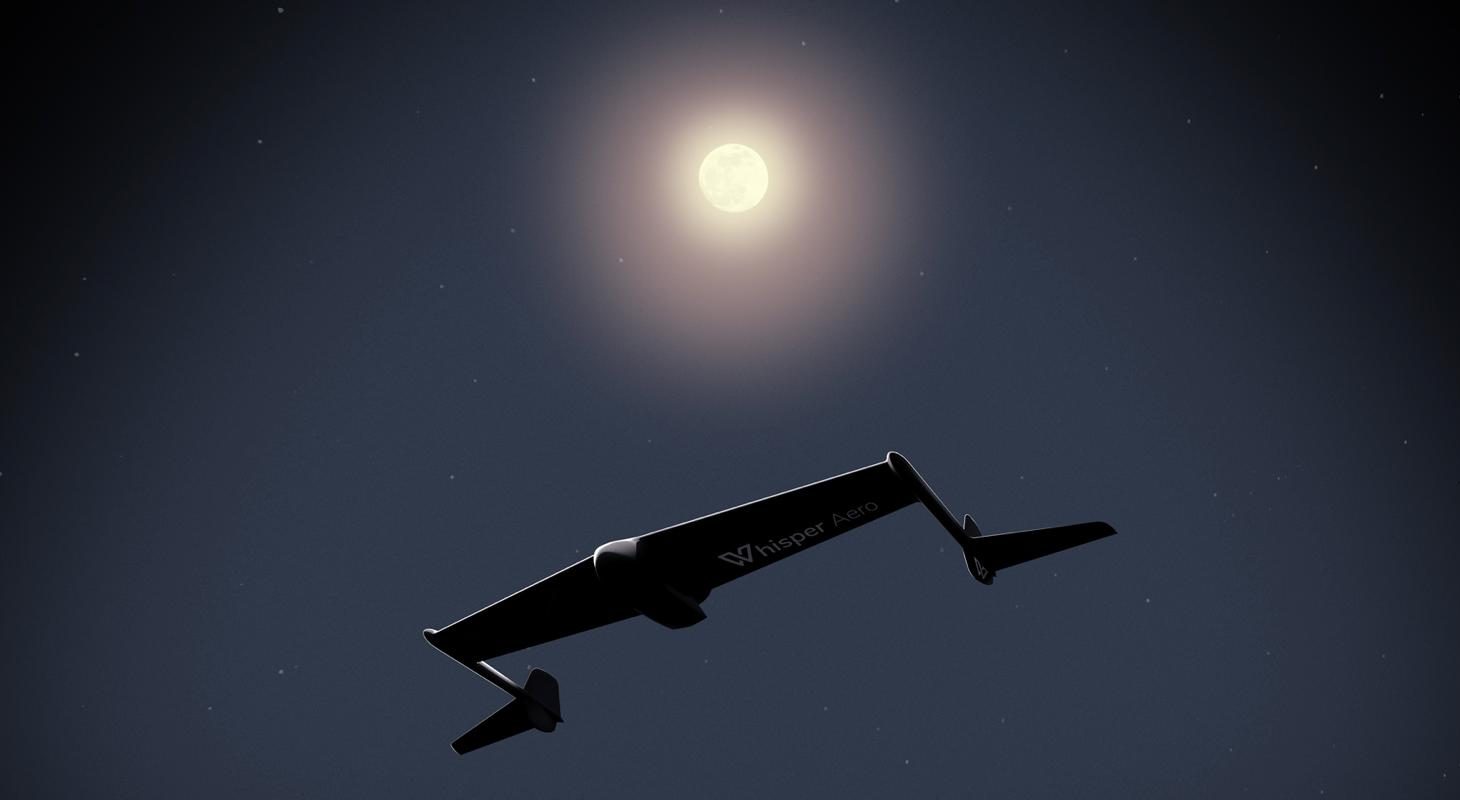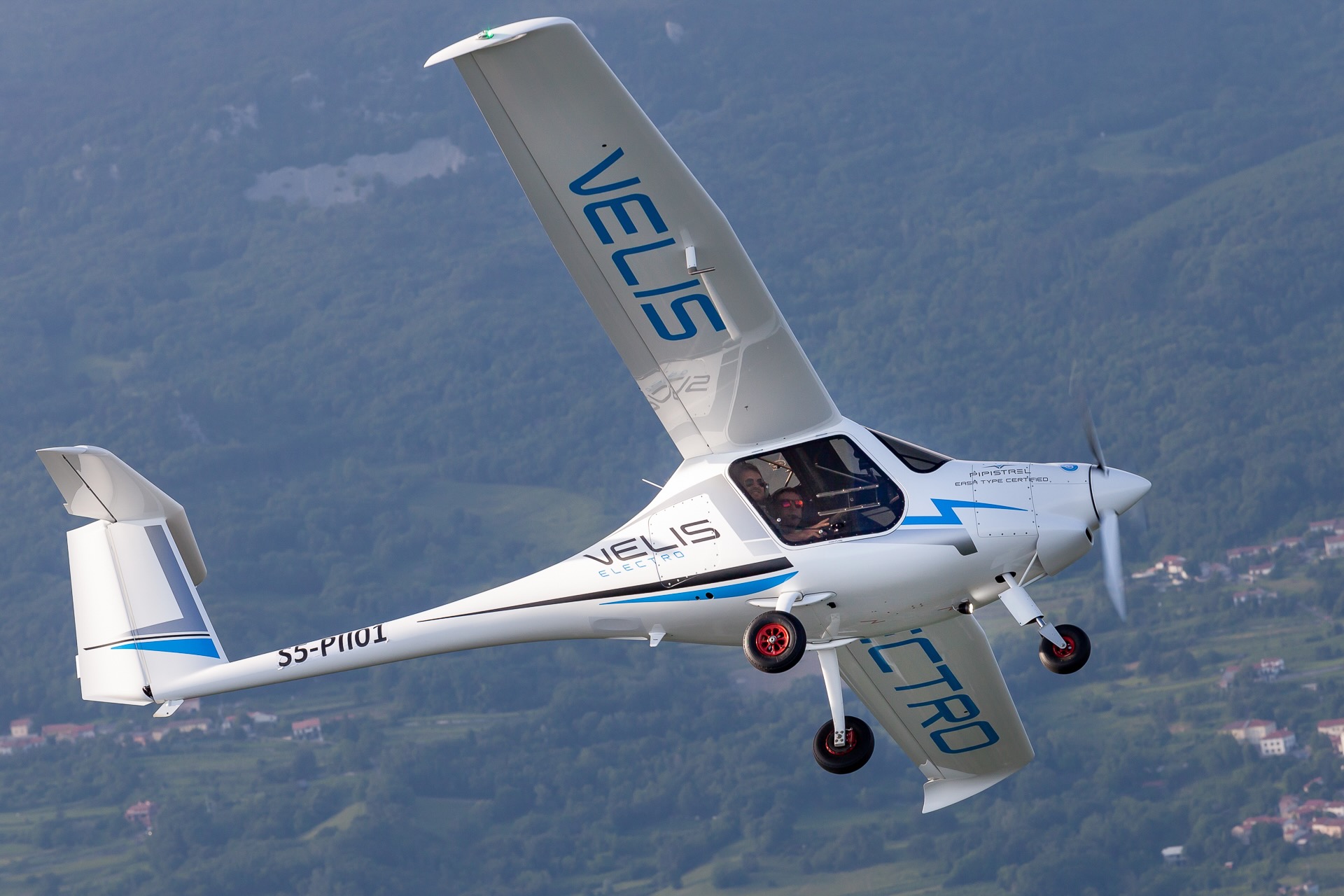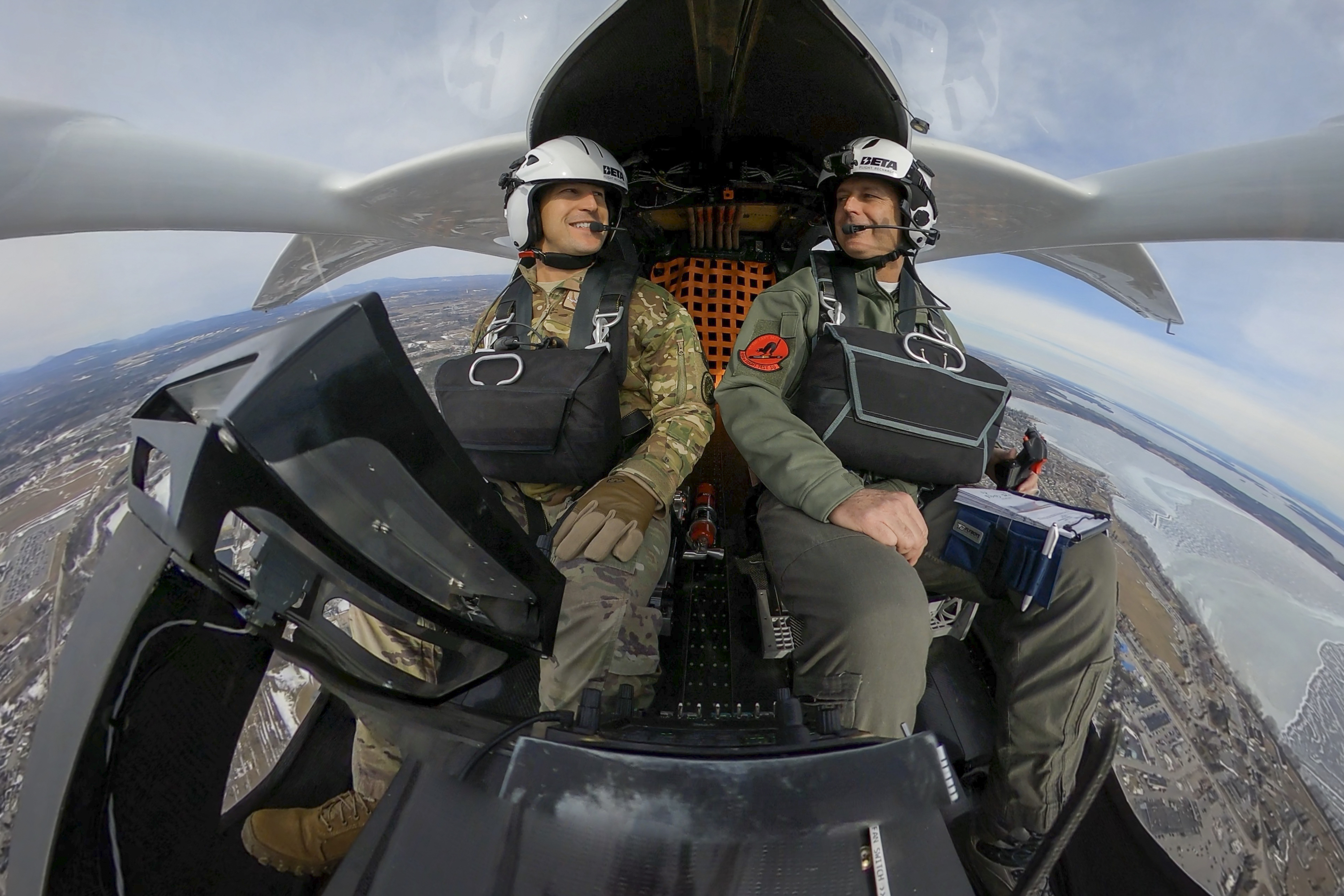Log-in here if you’re already a subscriber Release DateMay 23, 2022Unlikely West Virginia is cautionary tale for states seeking eVTOL...
JoinedOctober 16, 2021
Articles215
As Senior Editor, Elan spearheads The Air Current’s coverage of electric vertical takeoff and landing (eVTOL) aircraft, along with a focus on emerging sustainable technologies. A commercially-rated helicopter pilot and FAA Gold Seal flight instructor, Head brings a unique vantage point to explore this critical new sector.
Elan Head and Jon Ostrower·
Log-in here if you’re already a subscriber Release DateMay 9, 2022FAA changes course on eVTOL certificationPurchase a PDF of this...
Elan Head and Jon Ostrower·
Sign up to receive updates on our latest scoops, insight and analysis on the business of flying. (function($) {window.fnames =...
Log-in here if you’re already a subscriber Release DateApril 19, 2022Beta Technologies proves staying private can still pay offPurchase a...
Log-in here if you’re already a subscriber In the second of a two-part series, The Air Current explores what it...
Log-in here if you’re already a subscriber Release DateApril 12, 2022TAC Explains: What is sustainable aviation fuel?Purchase a PDF of...
While such deals across the rising eVTOL industry seemingly represent a new aerospace business model in which customers have a stake in the overall success of the product, a detailed review of securities filings and other fine print by The Air Current reveals a far more transactional arrangement. Airlines are lending their branding and credibility in exchange for a possibly lucrative piece of a buzzy market, regardless of whether or not an aircraft will be delivered or even formally ordered.
Jon Ostrower and Elan Head·
It's been a frenetic week for fleet moves. Alaska Air is formally removing the asterisk on its Proudly All Boeing moniker, Delta got an all-new aircraft type, Air Canada's getting in line for early A321XLRs and the FAA is putting a significant question mark over the availability of the 737 Max 10. After the crash of China Eastern 5736, The Air Current compares historical high rates of descent for key air accidents. It's an important dose of perspective in the early phases of the investigation into what brought down the 737-800. Whisper Drone charts a course for high-speed electric flight. TAC spoke with Whisper Aero founder Mark Moore about its new drone testbed and its prospects as a promising early application for its ultra-quiet electric propulsors.
Whisper Aero sees drone testbed as a promising early application for its ultra-quiet electric propulsors.
Elan Head and Jon Ostrower·
The industrial giant Textron has the attributes – favorable and unfavorable – of having been around for a long time. It doesn’t have to loudly hype its technological and product viability to excite investors, it doesn’t have to stand up an organization from nothing, and it has a balance sheet and engineering bench that would make any newcomer envious. It also is weighed down by the institutional inertia, silos and competing internal priorities and executive attention spans that come with a sprawling aerospace conglomerate, antithetical to the fast-moving and creative startups.
Two years ago, the U.S. Air Force launched its Agility Prime program with the aim of fielding its first advanced air mobility aircraft in 2023. Last week, the service achieved a major milestone toward that goal when Air Force pilots flew Beta Technologies’ electric vertical take-off and landing aircraft, Alia, for the first time.
NetJets and FlightSafety International – both units of Warren Buffett’s Berkshire Hathaway – have jumped into the electric vertical take-off and landing market, announcing plans for a strategic partnership with the German eVTOL developer Lilium. Buffett’s aviation investments have been stretched across the aerospace chain and with varying success.
Chorus Aviation is acquiring Falko Regional Aircraft, kicking off a fresh round of consolidation in the leasing space -- this time among those who focus on regional aviation.
The Federal Aviation Administration and U.K. Civil Aviation Authority have started working toward a bilateral agreement for the future certification and validation of eVTOL aircraft. It’s a post-Brexit signal that the CAA is not looking exclusively to Europe for guidance.
